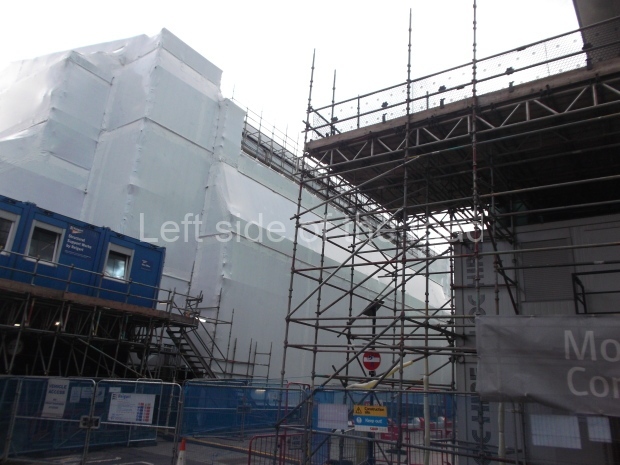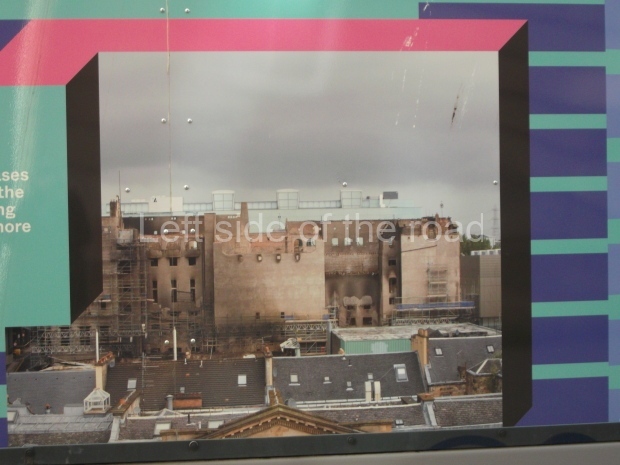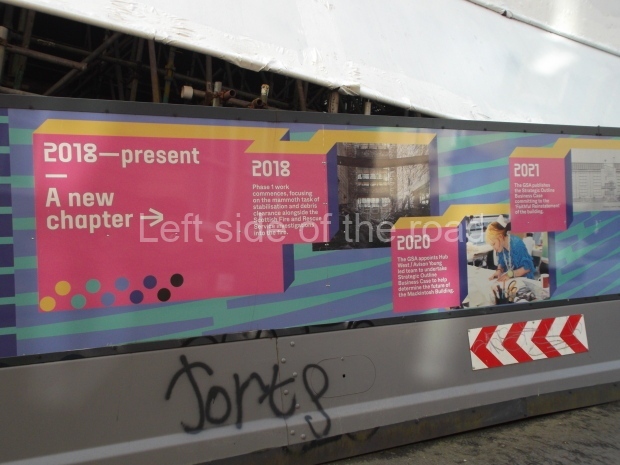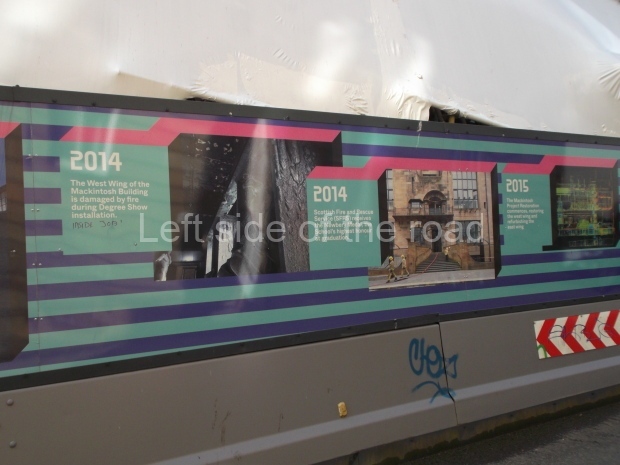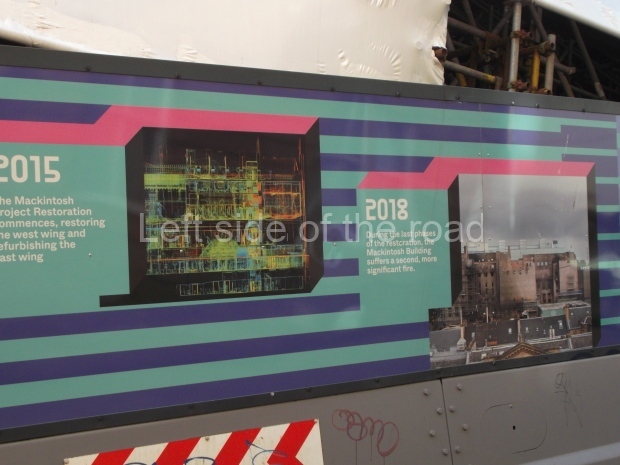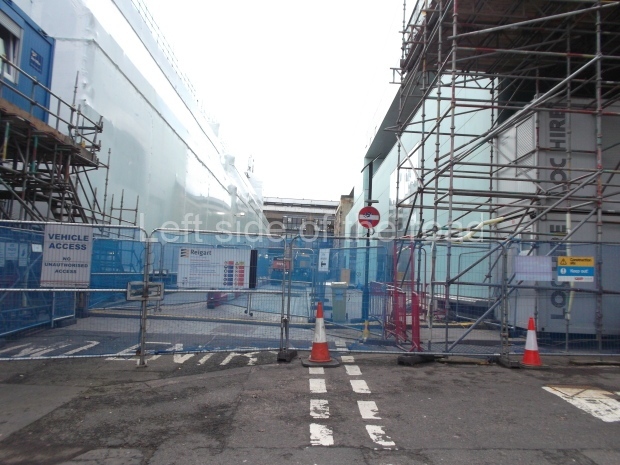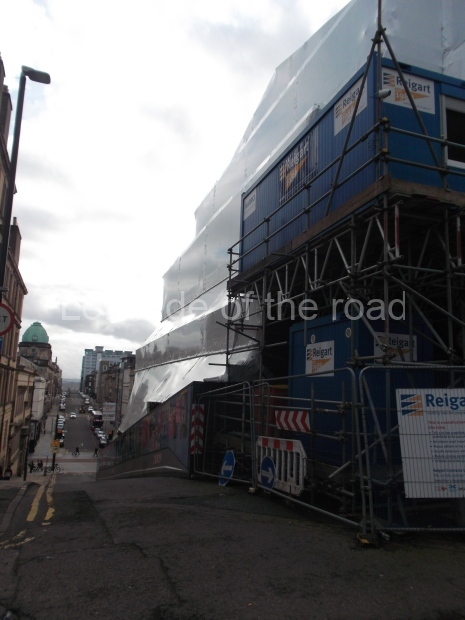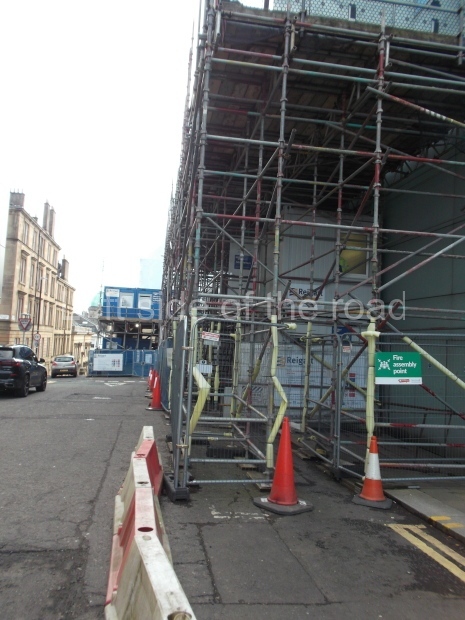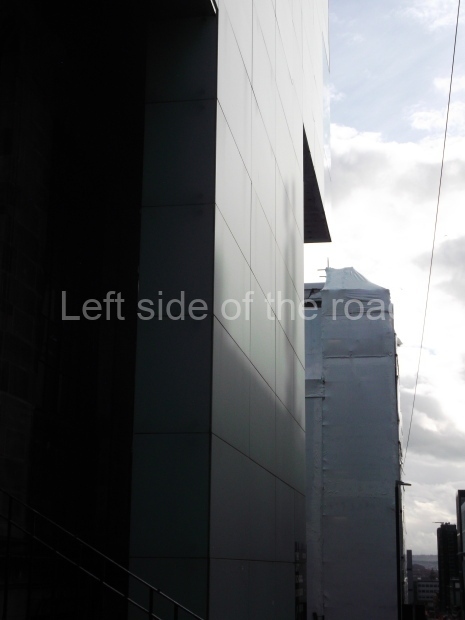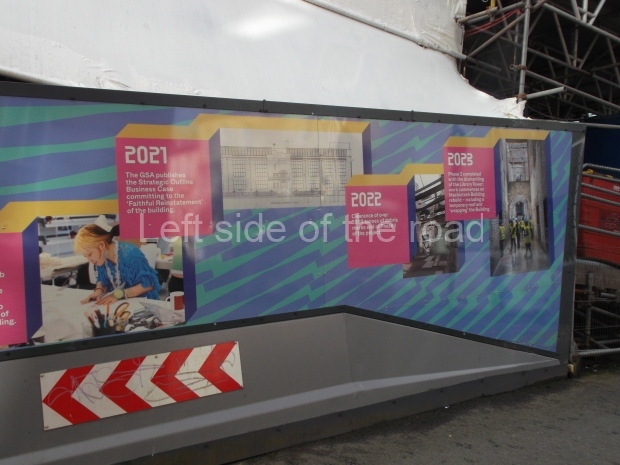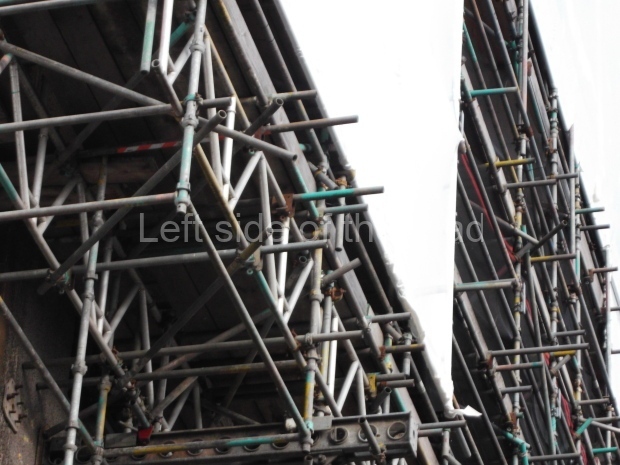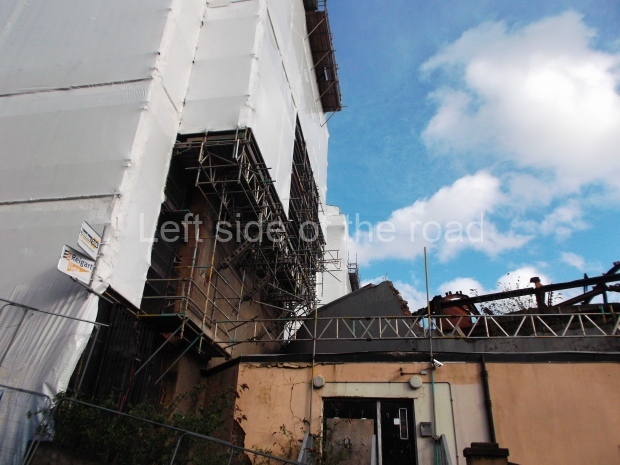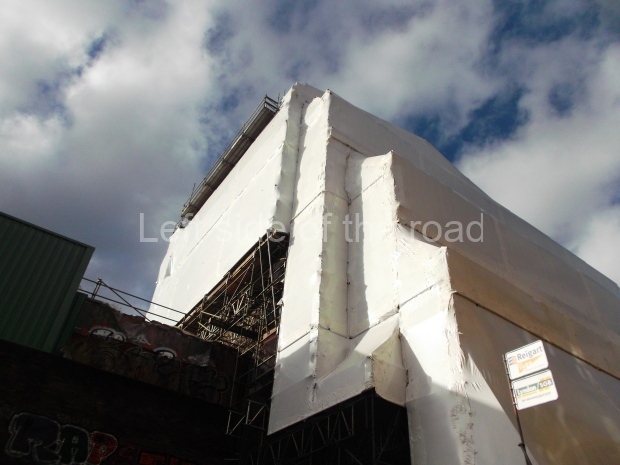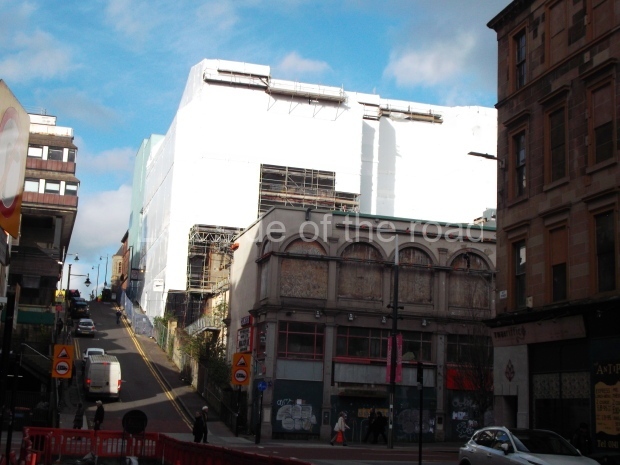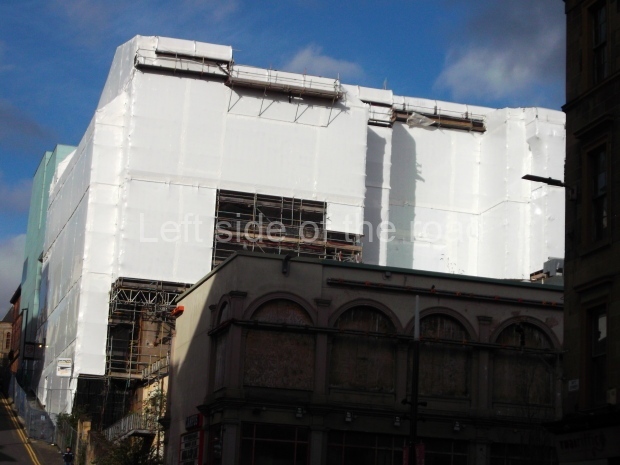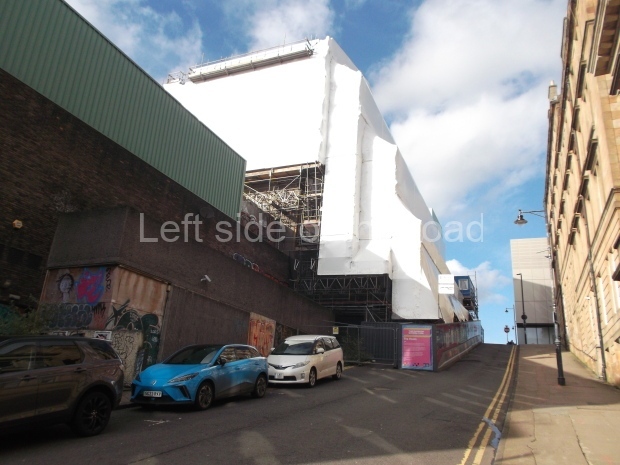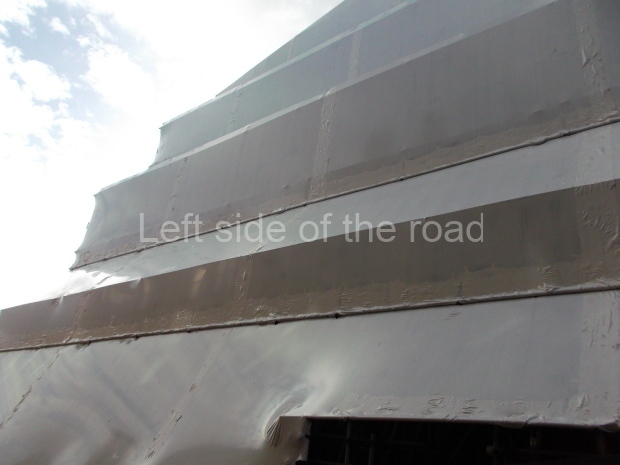The complete, total and absolute decline of the CPB(ML)
An Open Letter to the Communist Party of Britain (Marxist-Leninist) in response to their Editorial of 28th November 2025.
The Communist Party of Britain (Marxist-Leninist) – CPB(ML) – has certainly come a long way since its foundation in 1968 – but not in a good way. At that time it was a true internationalist Party and saw all battles of the oppressed as part of the battle of the British working class.
In its early days (the 1960s and 70s), when it came to Palestine the Party was in the forefront of support of the people struggling under Zionist oppression and instead of concentrating exclusively (as you suggest in your editorial ‘Palestine; a dangerous obsession’ of 28th November 2025) upon national issues was the very organisation that set up the Palestine Solidarity Committee – the forerunner of the present Palestine Solidarity Campaign.
Why the Party lost the leadership of that organisation in 1982 I don’t know – but possibly due to the deterioration of the Party following it’s Congress of that year when it reversed its policy on both the Labour Party and the Soviet Union. That loss of focus and perspective probably contributed to its deteriorating approach on other international issues.
However, even with the Party losing its revolutionary perspective it never sunk so low as it has now with the publication of the most recent editorial.
The very first line just repeats the anti-Palestinian and pro-Zionist ‘argument’ that the attack by Hamas on October 7th 2023 was in some ways unjustified. Shouldn’t an organisation that pretends to be revolutionary accept that oppressed people have the right to take up arms against their oppressors? The idea that some of the Zionists caught up in the action on October 7th were ‘innocent’ is irrelevant when we take into account that; they are all settlers, or the descendants of settlers, and therefore were living and thriving on stolen land; the myth the kibbutzim were some sort of Socialist collective experiment was only promoted in the past to disguise colonialism; and the polls taken in the Zionist settler state after more than two years of genocide and ethnic cleansing show the over whelming majority of the population (more than 80%) are in favour of the murder and/or the expulsion of ALL the Palestinians from their land.
And when there is an ongoing genocide and ethnic cleansing how is it possible for any working class, in any country, let alone one such as Britain with its imperial and colonial history, to say that there is a ‘dangerous obsession’ in trying to bring it to an end.
Anyone with a shred of humanity should be doing all they can to bring an end of this crime and to bring the perpetrators to justice. Let alone someone who might call themselves a Communist – whose essence is internationalism – who should be in solidarity with those oppressed and exploited wherever they might be in the world.
From the tone of the editorial the CPM(ML) is in support of the Labourite cretin Starmer in building up the military industrial complex in the UK. This would provide many jobs, often highly skilled and highly paid, to British citizens so that various fascist countries around the world can kill with ease their own populations. Is that the sort of internationalism the CPB(ML) now espouses?
But by labelling international support movements as a ‘dangerous obsession’ the CPB(ML) also seems to have forgotten the role that such activity plays in the building of an indigenous revolutionary movement.
The involvement of people in international issues, especially in something as egregious as the slaughter, genocide and ethnic cleansing in Gaza, is also an opportunity for a supposed revolutionary organisation to draw the connection between what happens in other parts of the world to what is happening in our own country. There is a direct correlation between the actions and policies of capitalism and imperialism in Palestine to the actions and policies of the Starmerite government in Britain. This is obvious in the manner in which the Labourite government – and the Tories before them – have reacted to events in the Middle East.
The continued export of armaments needed by the Zionist settler state to carry out its murderous activities on land and in the air; the continued intelligence sharing between British spy planes and the Zionist Mossad; the proscription of Palestine Action as a terrorist organisation and the consequent suppression of ‘free speech’; the refusal to accept that the IDF attacks on the humanitarian flotillas are acts of piracy together with the denial of assistance to British citizens mistreated on these boats; the refusal of both Starmer and Lammy to accept many international organisations definition of the activity of the Zionist in Gaza as acts of genocide under the definition contained in Article II of the Convention on the Prevention and Punishment of the Crime of Genocide of 1948; the claim that Lammy is ‘unaware’ of the hunger strike taking place by those members of Palestine Action who are being kept on remand for an indeterminate period for actions to prevent the genocide; are all indications that there is no separation from what is happening in Gaza and in any of the capitalist countries. If you don’t do as we say we will crush you – up to and including your physical elimination.
Further to that all the tactics that the Zionist settler state has used over the years to monitor and attempt to control the population in Gaza; the use of drones; the use of facial recognition technology to attempt to predict how people are thinking; the use of remote killing machines to kill at a distance; the use of Artificial Intelligence to target those who the state considers a threat; all these are now being sold to capitalist countries as being war tested and which have been refined even more in the last two years of genocide in Gaza.
Already we, in Britain, are seeing that experience and ‘expertise’ being put to use on the streets of Britain with Live Facial Recognition being introduced by an increasing number of the country’s police authorities (including London and Liverpool) and the proposals to use drones as aids in surveillance. These technologies have almost certainly been used already to monitor those who attend demonstrations against the slaughter in Palestine and would be used if the supine British working class (the people on whom the CPB(ML) claims to speak) were ever to take any real and meaningful action against the Government’s re-imposition of austerity measures.
If we thought the revisionists of the Soviet (and then the Chinese kind) were bad the new revisionists (which more appropriately should be called traitors) of Marxism-Leninism, exemplified by the CPB(ML), take that distortion of Marxism to a new and despicable level.
The betrayal that the CPB(ML) began in the early 1980s of all that it promoted in its initial years, the principles of the founders (Marx and Engels) of the revolutionary theory of the working class, built upon and expanded by Comrades Lenin, Stalin, Hoxha and Mao, has now been well and truly trodden into the mud by the present leadership of the CPM(ML).
Marx, rightly, believed that the British working class would never be free unless their country’s oppression of the Irish was resolved. Today it is equally true that no working class in the world will be free unless they address the exploitation and oppression of the Palestinian people. In Britain, only when the British working class fully understand and support the struggle of the Palestinian people will they be able to travel along the road of their own emancipation.
Long live the struggle of the Palestinian People!
From the River to the Sea – Palestine will be free!



